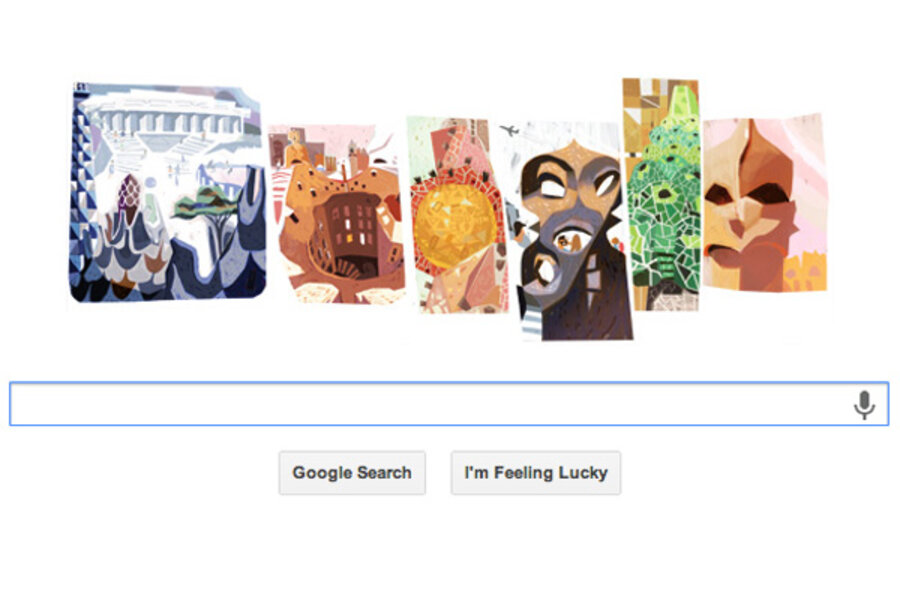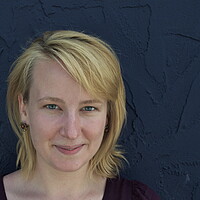Antoni Gaudí: Why he's called 'God's architect'
Loading...
The Sagrada Familia soars nearly 560 feet into the Barcelona skyline, ensconced by scaffolding, towered over by cranes. Around 2026, the extremities will be removed, and the Spanish basilica will stand as the tallest church building in the world more than 140 years after its construction began. For Antoni Gaudí, the Sagrada Familia’s architect, the massive structure was meant as a tribute to both god and the Roman Catholic Church. But after Mr. Gaudí’s death, the church’s spires also came to symbolize the city it was in, and the architect who lovingly planned the details of its shape and sinews.
Tuesday’s Google Doodle celebrates what would have been Gaudí’s 161st birthday. The Spanish architect was born in the Catalonia region of Spain on June 25, 1852 and died after a streetcar hit the architect, 15 days shy of his 74th birthday.
It seems fitting that Tuesday’s Doodle has no pictures of the often-reserved Gaudí, but rather of his iconic architecture.
The artist grew up the sickly youngest child of a family along the Mediterranean, and his poor health is thought to have contributed to his aloof demeanor. In his youth, Gaudí often displayed indulgent tastes, and never married – Gaudí was reportedly only attracted to one woman, a local teacher, who rebuffed his advances. As he aged, Gaudí grew increasingly religious and drew into his Roman Catholic faith.
The architect became famous around Barcelona for saying, “My client can wait.” Gaudí's mission was to give glory to God through his work. God’s work, he reasoned, should not be rushed. The Association for the Beatification of Antoni Gaudi said that the architect’s beatification is currently underway.
While the lingering project of the Sagrada Familia certainly stands as a testimony to Gaudí’s painstakingly methodical working style, the city of Barcelona is a museum to his works. The Parc Guell, a park in the center of the city, is sprinkled with benches, porticoes, and sculptures that sparkle with the architect’s signature mosaic style. (Gaudí coined a new style of mosaic, trencadis, which involved applying broken tiles or glass to already-formed three-dimensional objects). And the Casa Mila, also called La Pedrera (The Quarry) curves in soft waves, designed by the architect.
When it comes to classifying Gaudi’s work, he is usually considered the father to Catalan Modernism, a style that was said to imbue the Art Nouveau style that was sweeping across Europe with a distantly Catalan flair, though the artist himself shied away from the political overtones of this classification. It is perhaps more fitting to identify Gaudi by the patterns and the geometrical shape he saw in his native Mediterranean landscape, and integrated into his own architecture.
Seven of Gaudi’s works in the Barcelona area are UNESCO World Heritage Sites.








